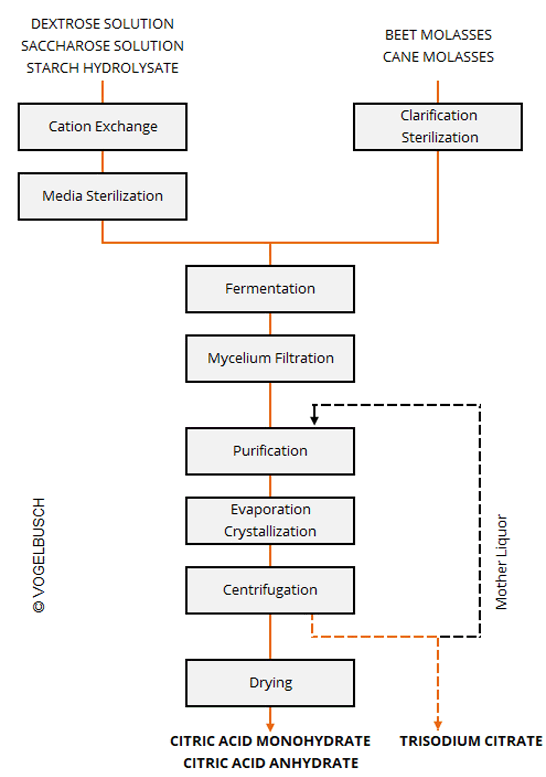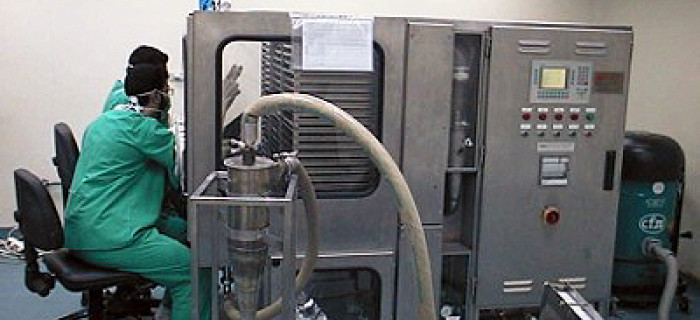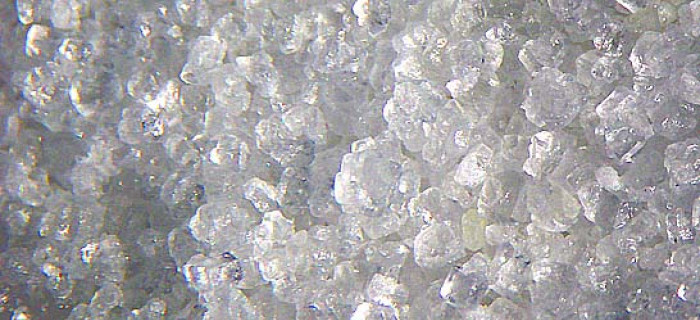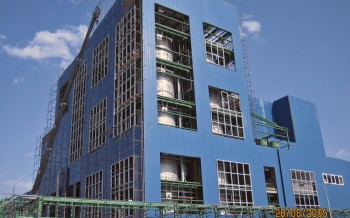Separation and conditioning of final products - 119
PRODUCT ISOLATION AND CONCENTRATION
The aim of isolating the citric acid is to obtain a largely pre-purified citric acid solution from the fermented mash. The mycelium is separated from the raw solution in a series of filtration and decantation steps.
While most of our plants use the traditional lime-sulfuric acid process for purification, this step can be substituted now by chromatographic methods.
Further purification of the citric acid is effected by treating the isolated citric acid solution with activated carbon, cation and anion exchange resins in fixed bed reactors. Thanks to their automation and reactor design concept, these process stages also meet all the demands of a modern production process.
The final processing of the citric acid solution involves concentrating this in a multistage falling film evaporator that combines the advantages of delicate product handling with high energy efficiency. The specific energy requirement can be reduced even further by means of thermal vapor compression or, alternatively, by mechanical vapor compression.
Continuously operated forced-circulation vacuum crystallizers are used to crystallize the citric acid. The appropriate measuring and control strategies, along with a crystallizer design matched to suit them, enable Vogelbusch plants to produce both citric acid monohydrate and anhydrous using the same equipment. Sophisticated strategies for the recirculating the mother liquor, separated from the crystal mash in a continuous centrifuge, make it possible to effectively control of the quality of the final product.
Fluidized bed drying takes full account of the high demands for the quality of the final product by providing delicate product handling. Subsequent screening of the dried final product allows customer-specific fractioning according to particle size.




